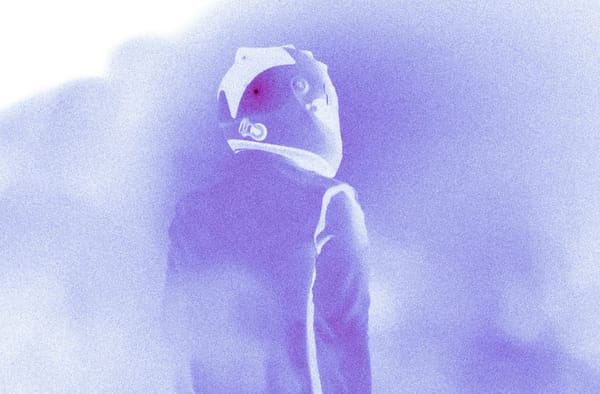DNA - how is it repaired?

Our DNA is the blueprint that allows us to develop traits, characteristics, and capabilities.
In a single cell, we can develop anywhere from 10,000 to 100,000 lesions that need repair daily. Think of lesions as damage that needs repair.
Our ability to repair DNA is vital to life.
There are several major repair pathways of repair, each tailored to a specific type of damage.
If the damage is small, a single broken or wrong letter, a special enzyme finds the mistake, removes it and replaces it with the correct one. This is known as base excision repair.
If the damage has been caused by over exposure to the sun, making it more widespread, your body will cut out the entire damanged section and then replace it with new DNA.
If the damage has been caused by replication error, your body will look at the wrong letters in the wrong places, cut them out and then put in the right ones.
If both strands of your DNA break, which is the worst kind of damage, your body will use a back up copy, to cut and replace it perfectly.
Think of it like making a photocopy.
Finally, sometimes, the ends of your DNA are broken and a patch is put in. This is a less than perfect process but gets the job done.
So why does this matter?
Enzymes are repaired through the use of proteins and enzymes. DNA polymerase, DNA ligase, photolyases, DNA glycosylases, AP endonuclease to name a few.
Your lifestyle directly affects how much damage is inflicted on your DNA and whether you are in a position to repair them or not.
So you could be the problem and the solution depending on the choices you make.
The amazing thing is that your DNA repair all the time. Which means that even if you started now, you will be able to reduce and repair the damage inflicted.
Reach out to me on twitter @rbawri Instagram @riteshbawriofficial and YouTube at www.youtube.com/breatheagain






